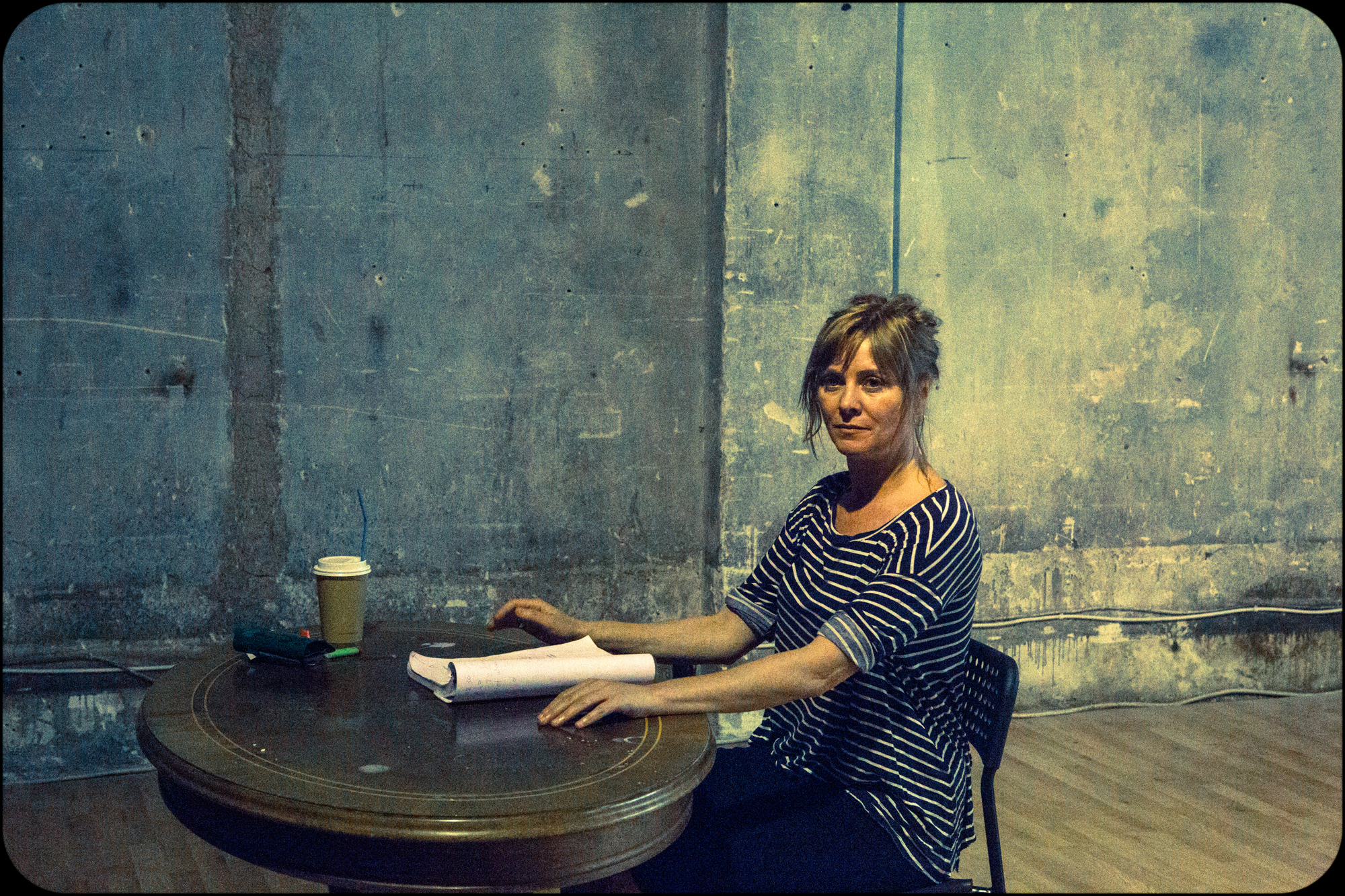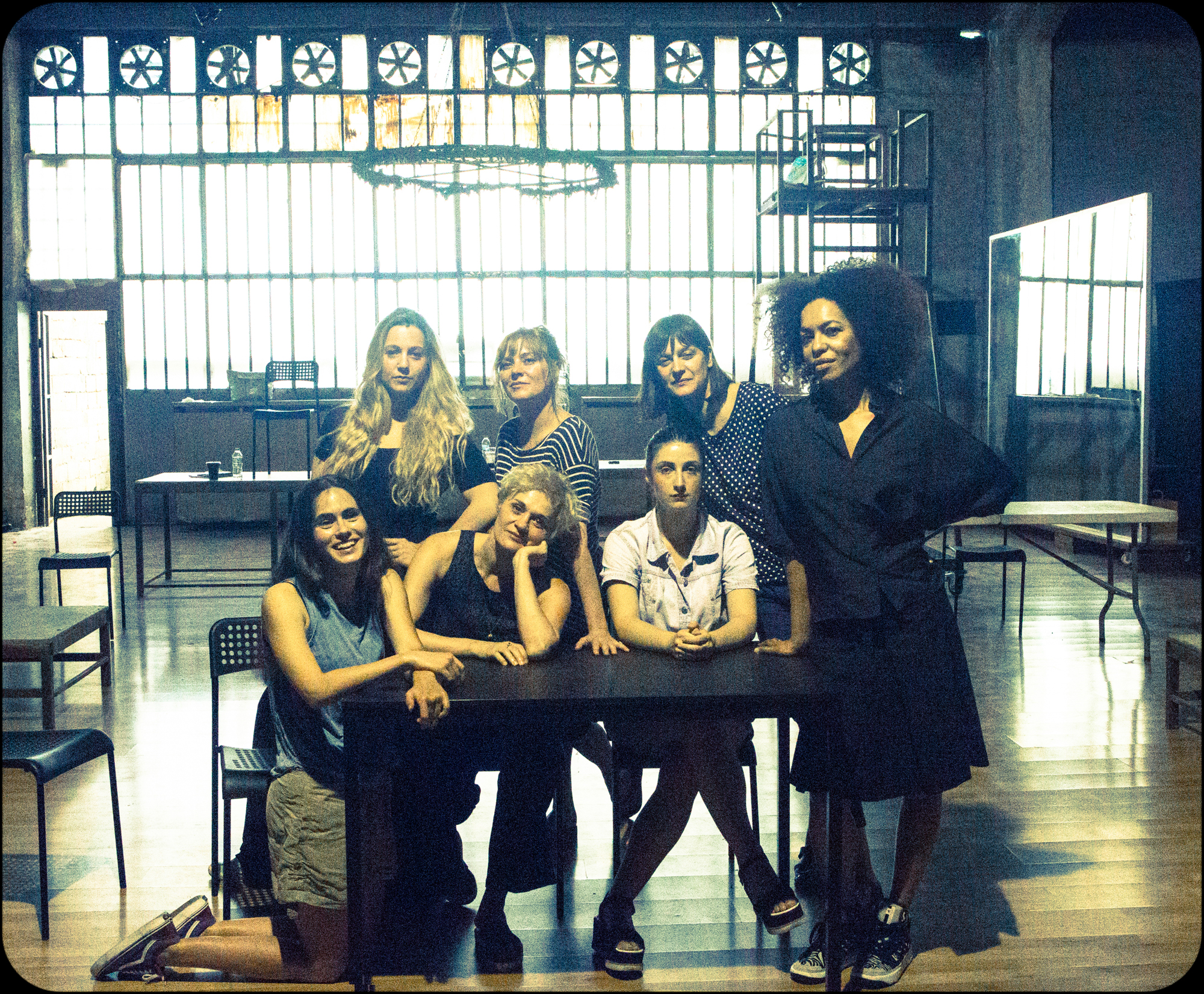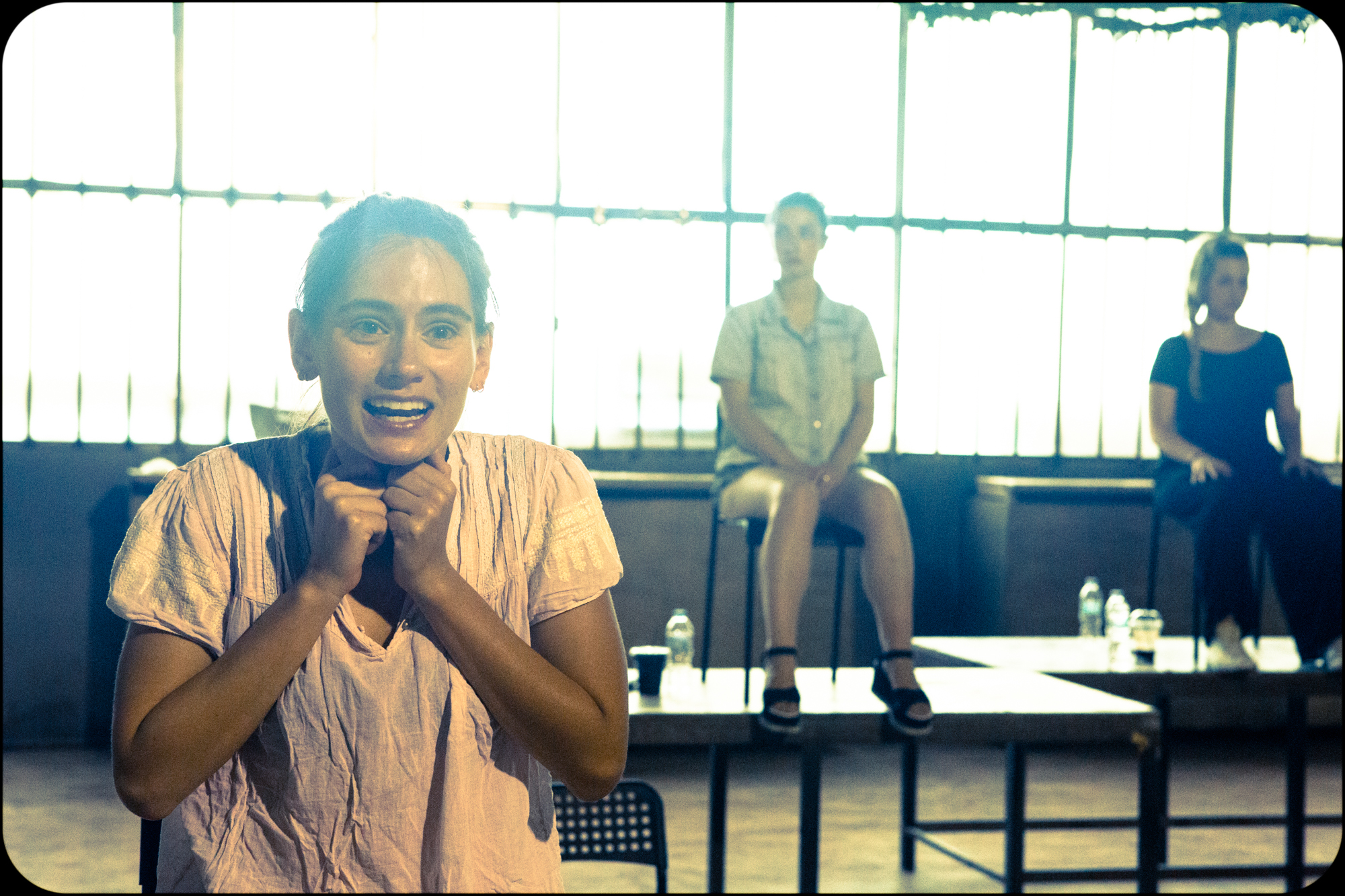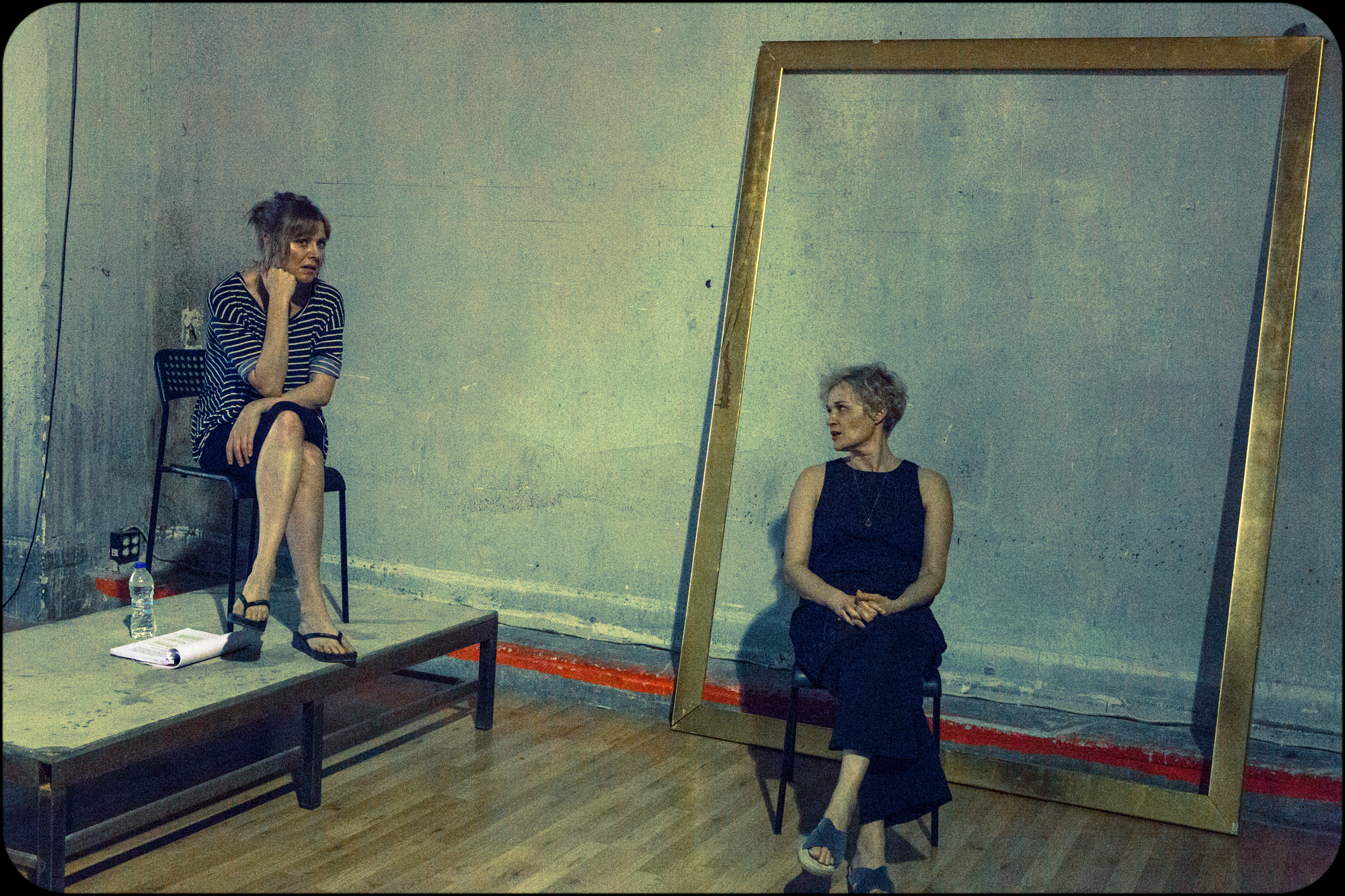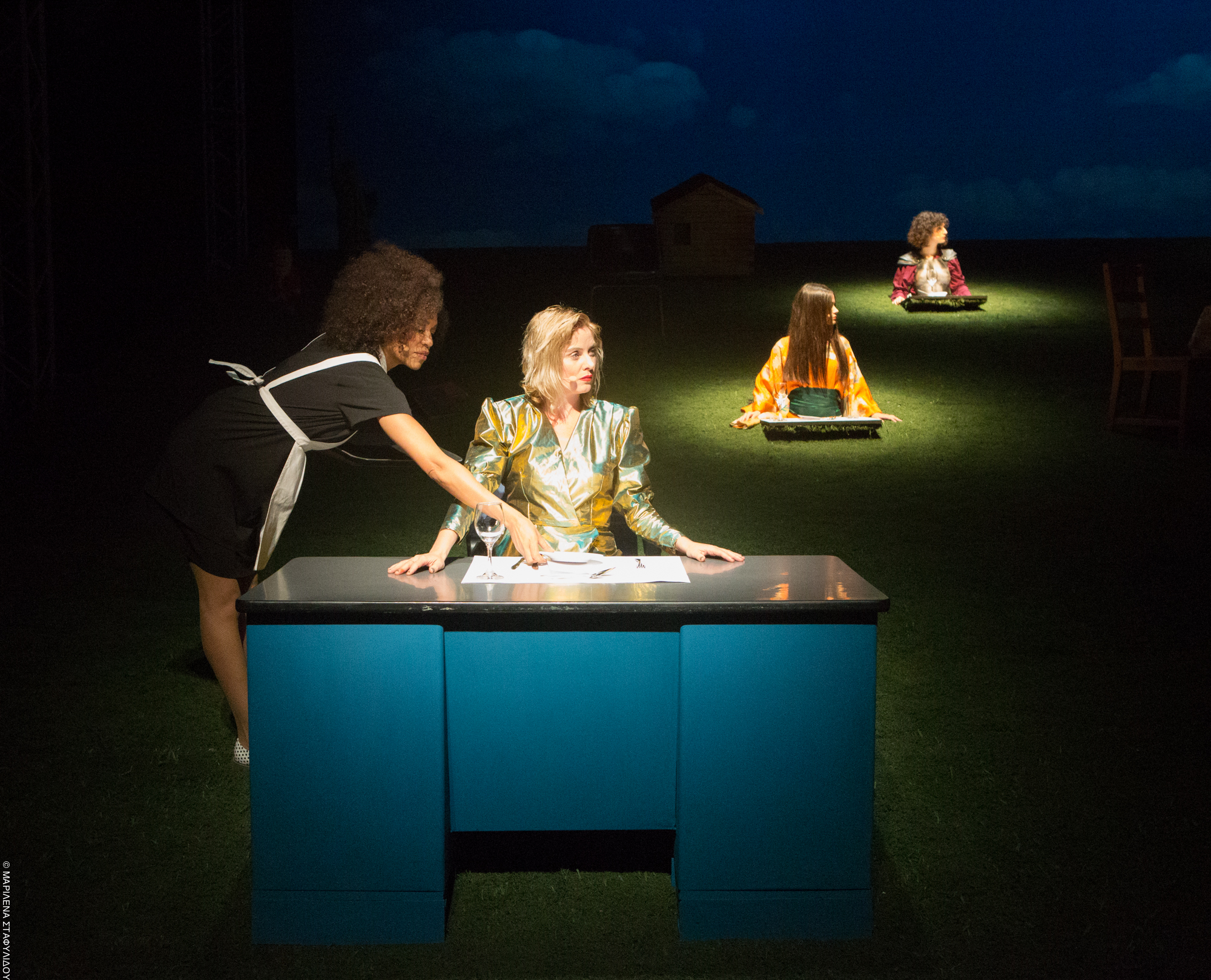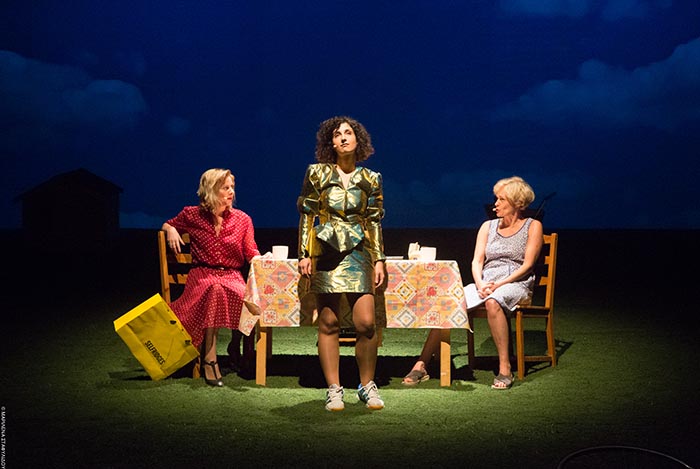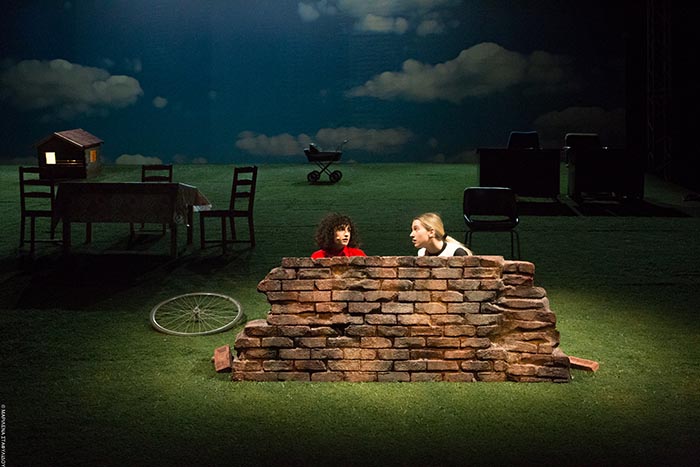Αpo Koinou - Alexis Riglis
Top Girls
by Caryl Churchill
England, 1980. Margaret Thatcher is Prime Minister and Marlene has just been put in charge of the employment agency where she works. She celebrates her promotion in a restaurant with a group of women from history and myth: Pope Joan; Isabella Bird, the Victorian explorer; Lady Nijo, the 13th-century Japanese concubine; Patient Griselda from Chaucer’s Canterbury Tales and Dull Grett from Pieter Breughel’s painting of the same name. She lives in London. Her sister Joyce still lives in the little village where they were grew up, in Suffolk.
Caryl Churchill’s Top Girls, considered a feminist symbol and an outcry against Thatcherism when it was first staged (1982), has lost none of its power 34 years on. The two protagonists—Marlene, a tough London businesswoman and her sister Joyce, who still lives in the village where they were born—are as representative today as they were in 1981 of two antagonistic British social groups: the upper and working classes, their conflicts and anxieties. The production’s seven actresses share the sixteen roles between them, and all costume and set changes are done on stage in full sight of the audience. In an environment that discourages identification, the audience realize that the two protagonists are facing the exact same impasses, despite their different social status and despite the intervening years.




